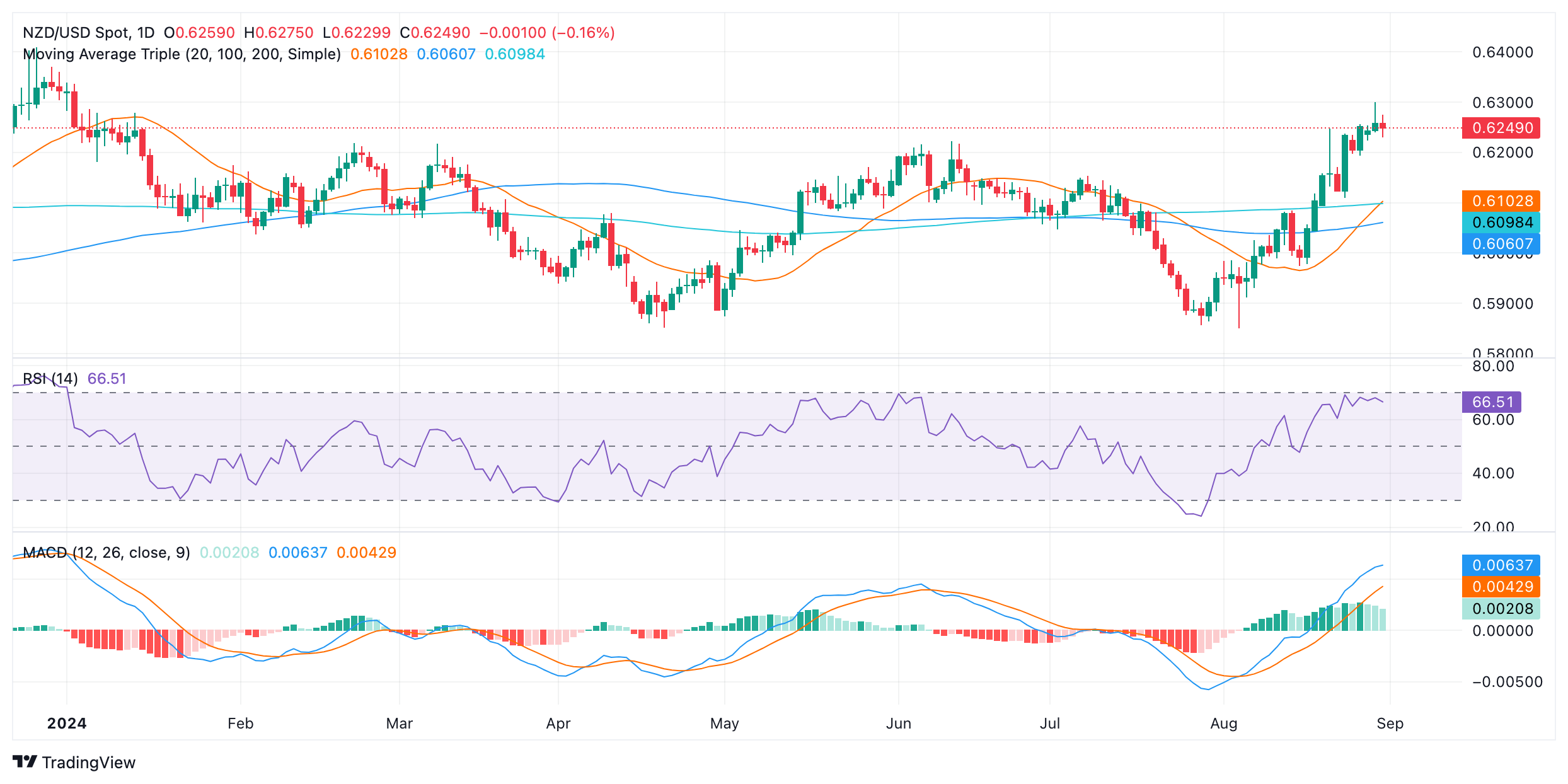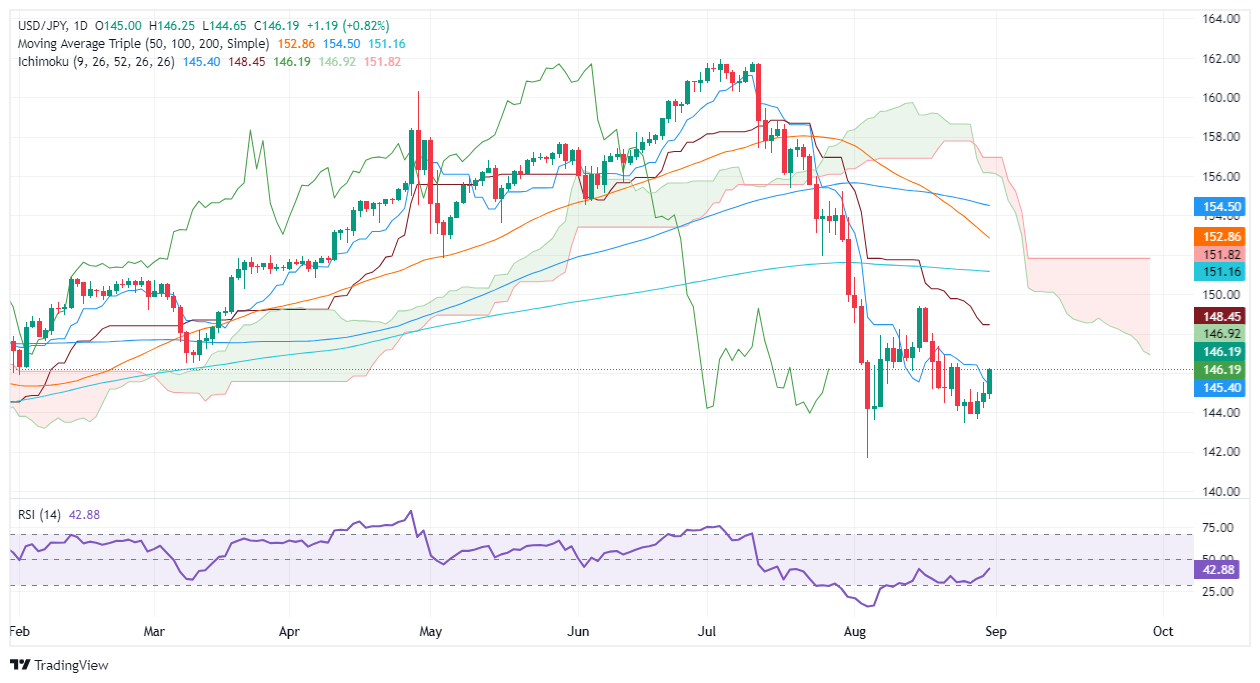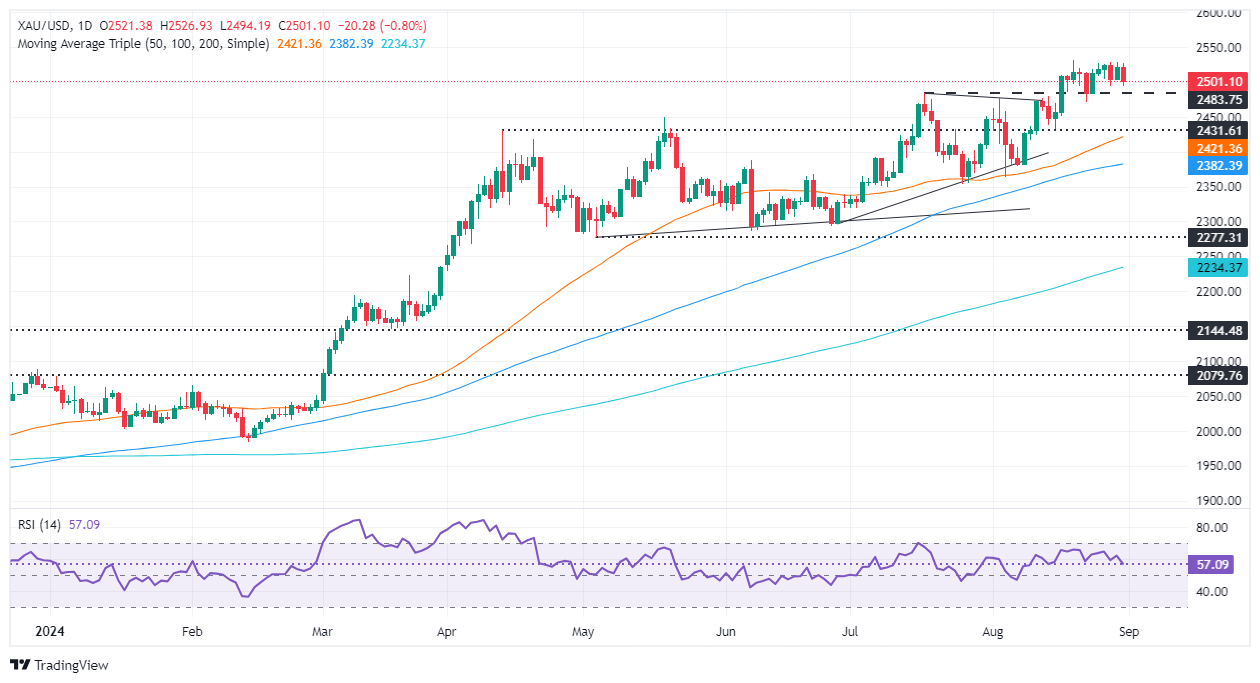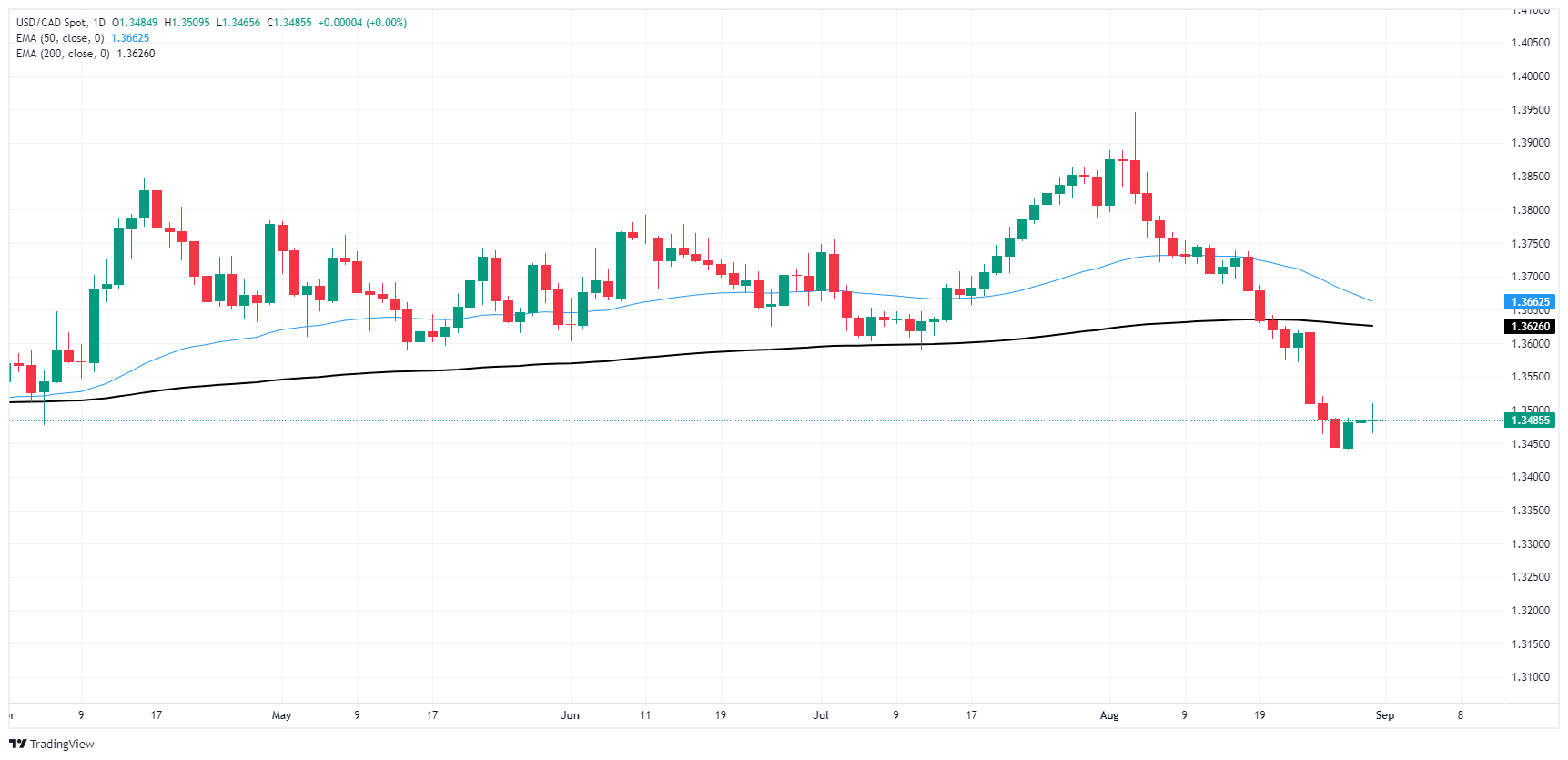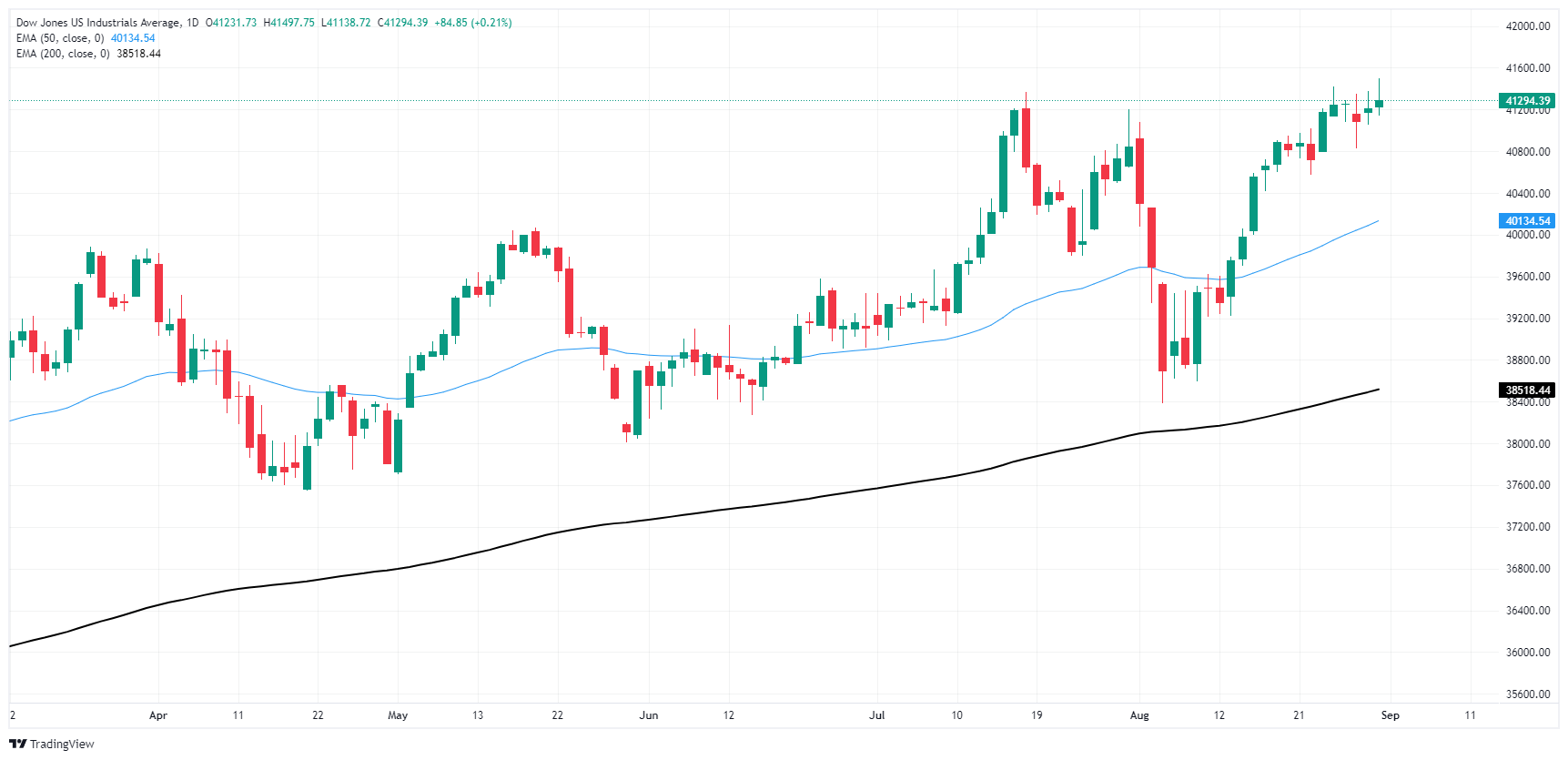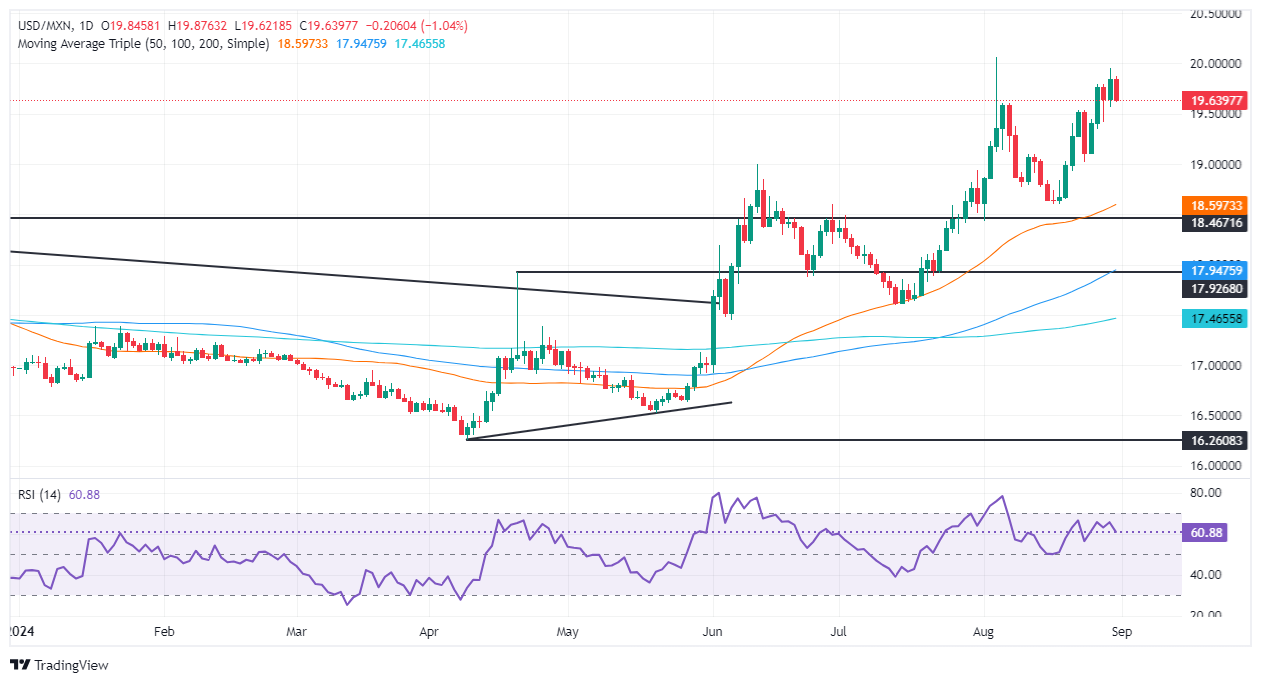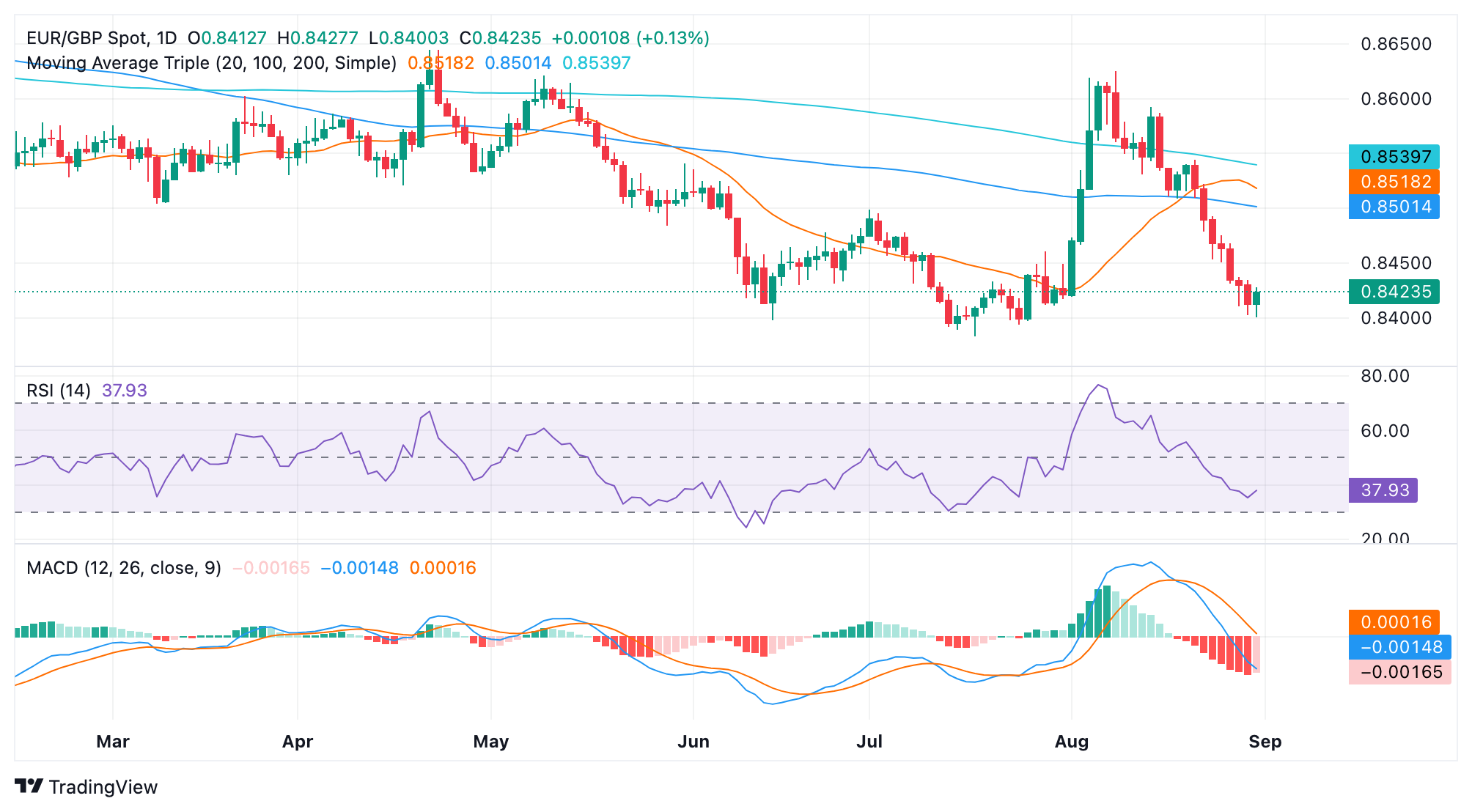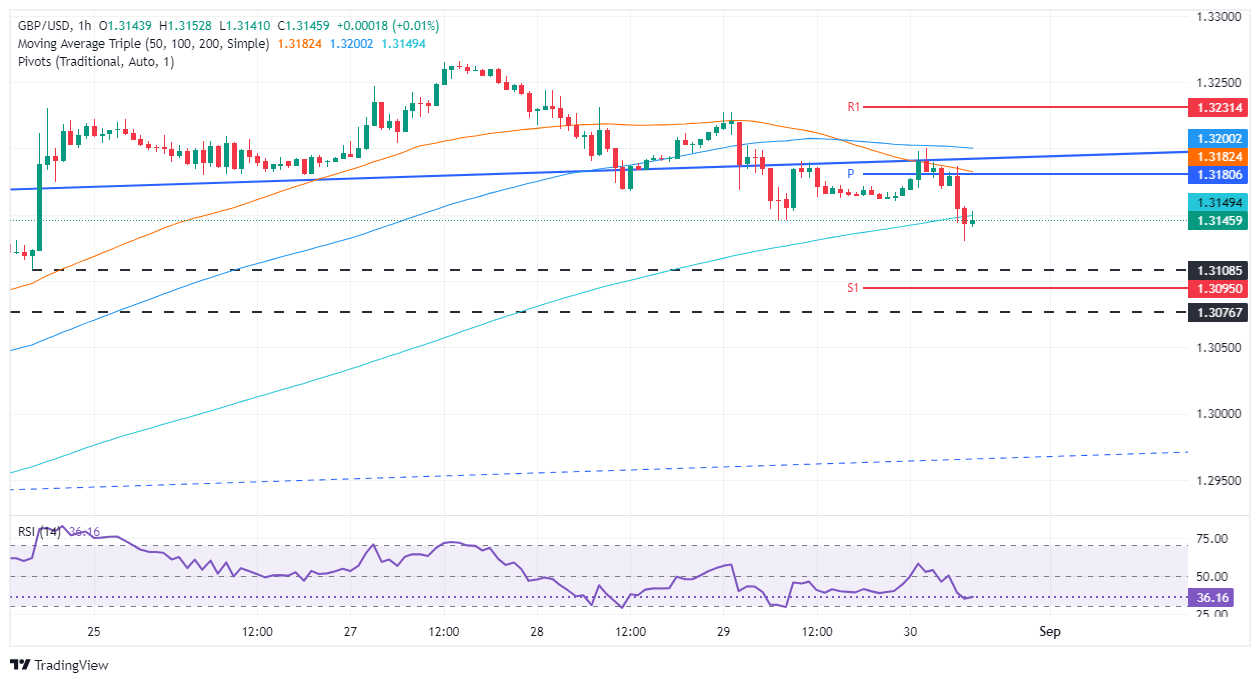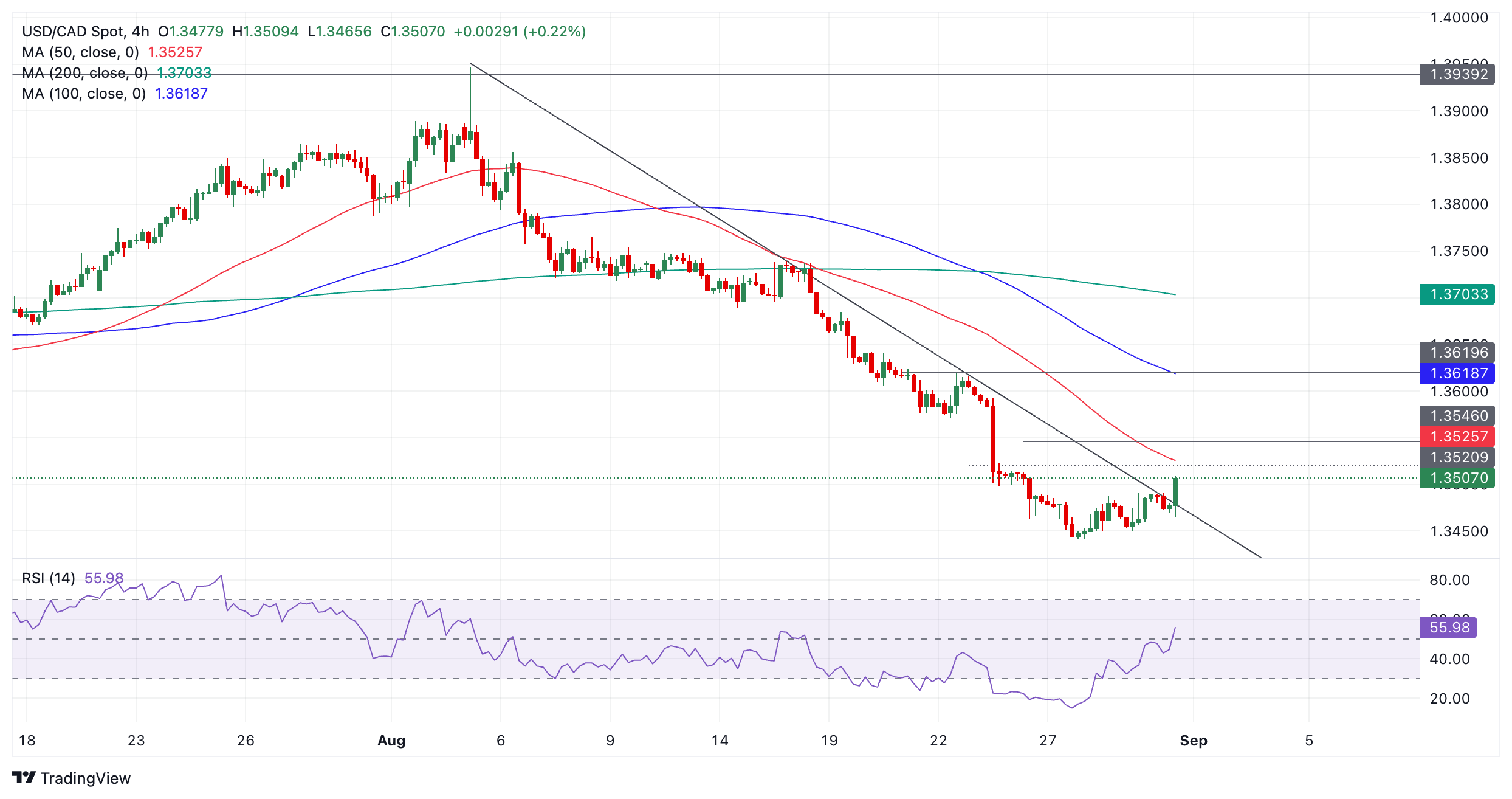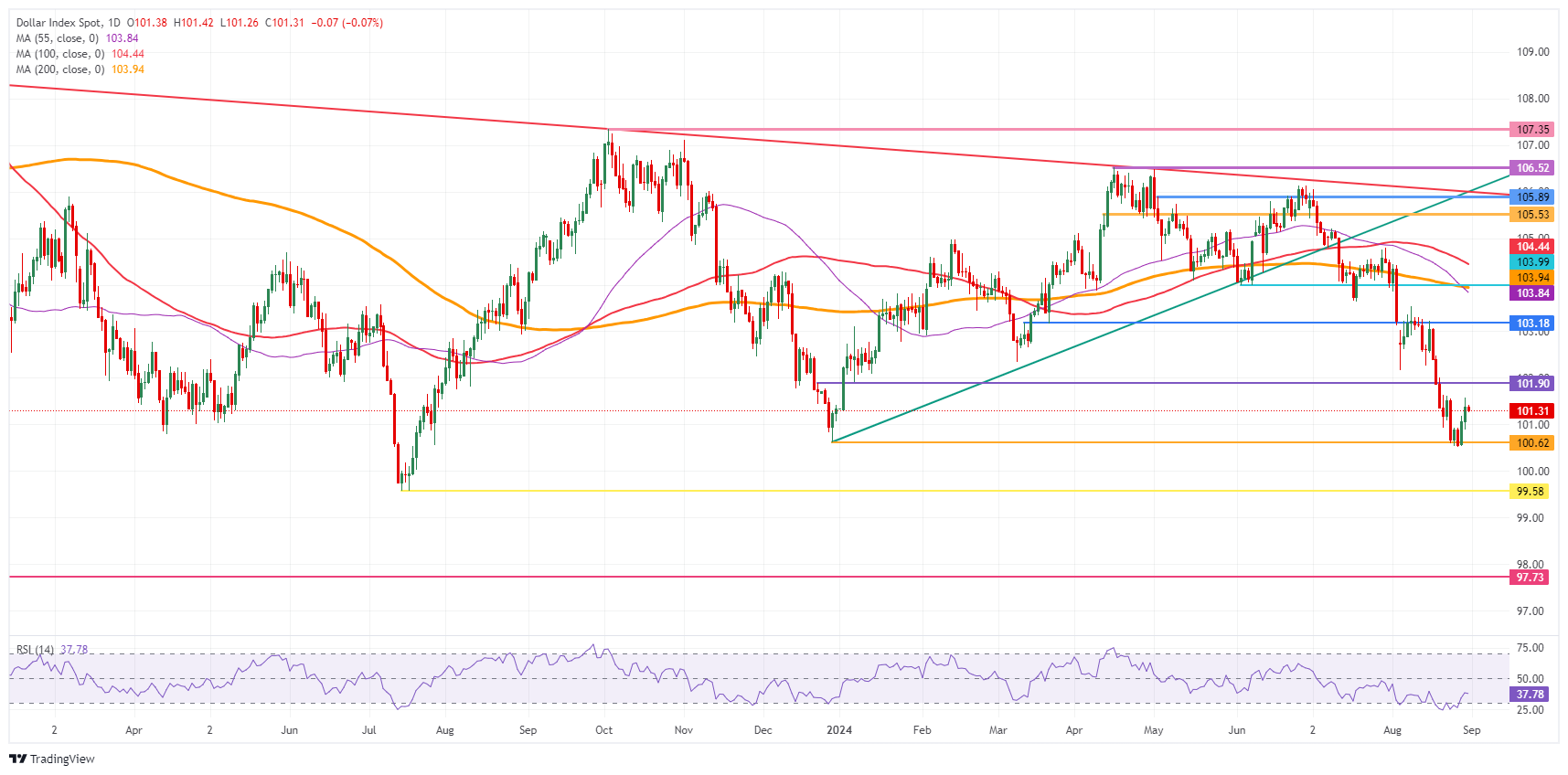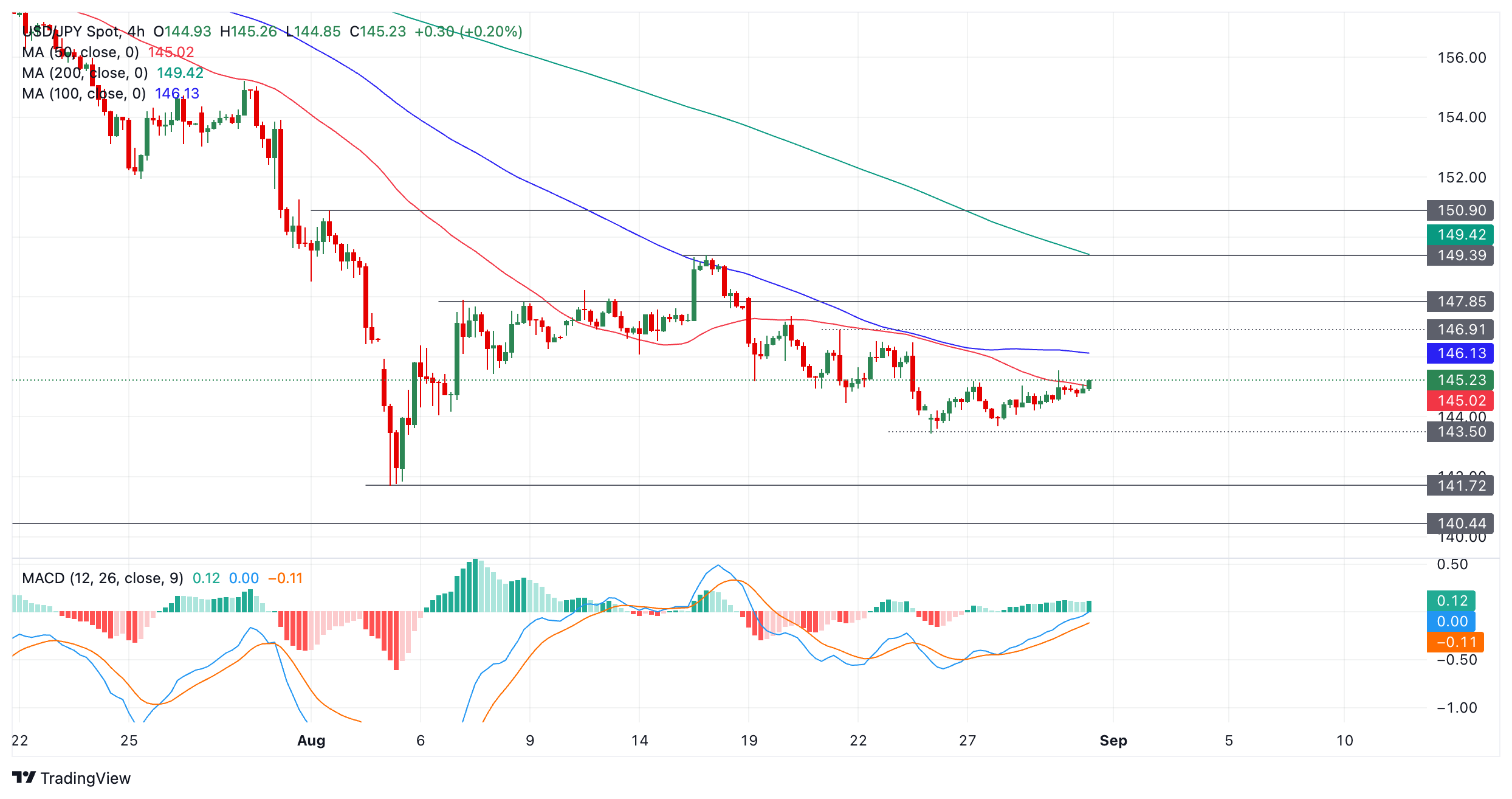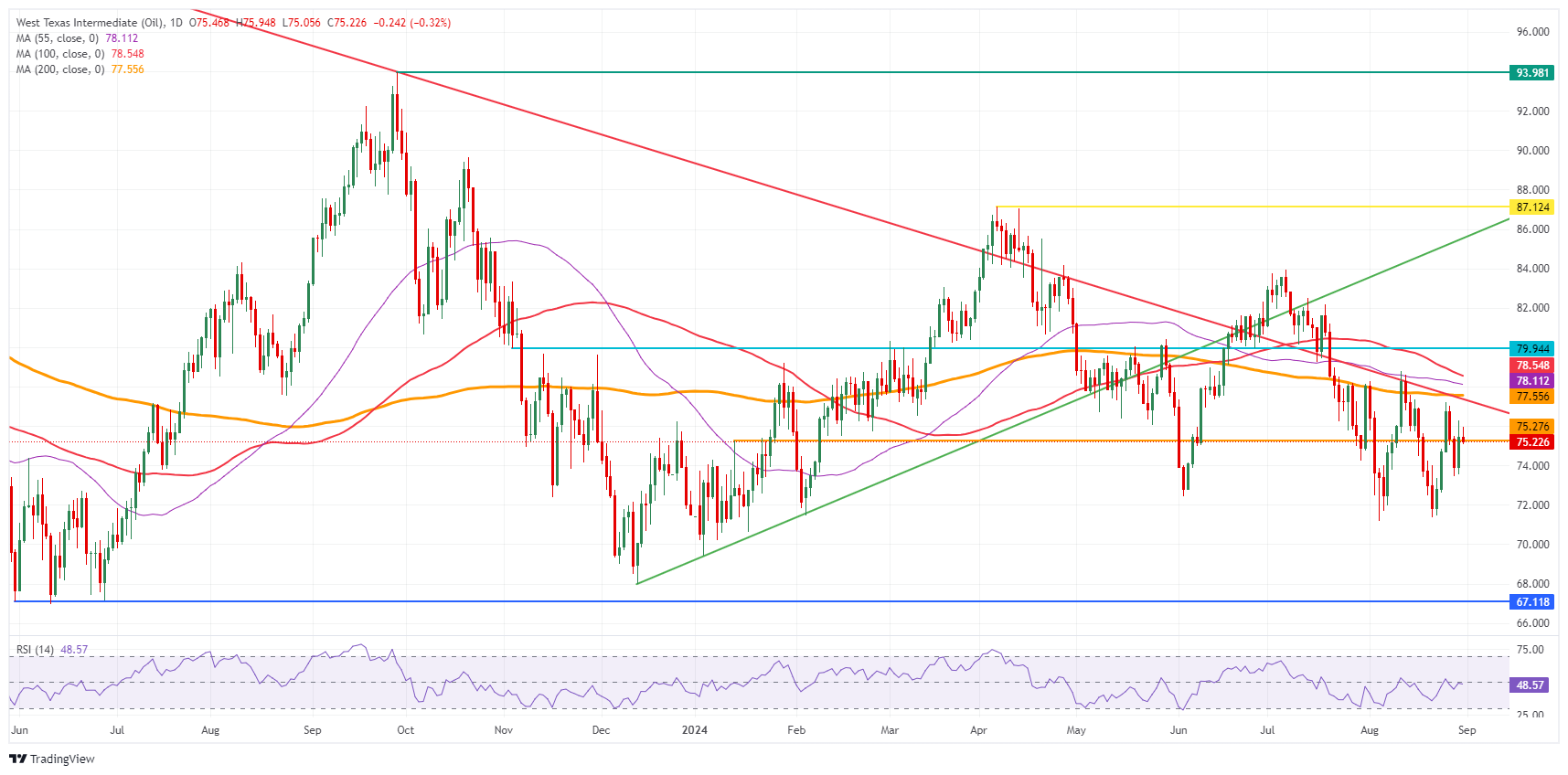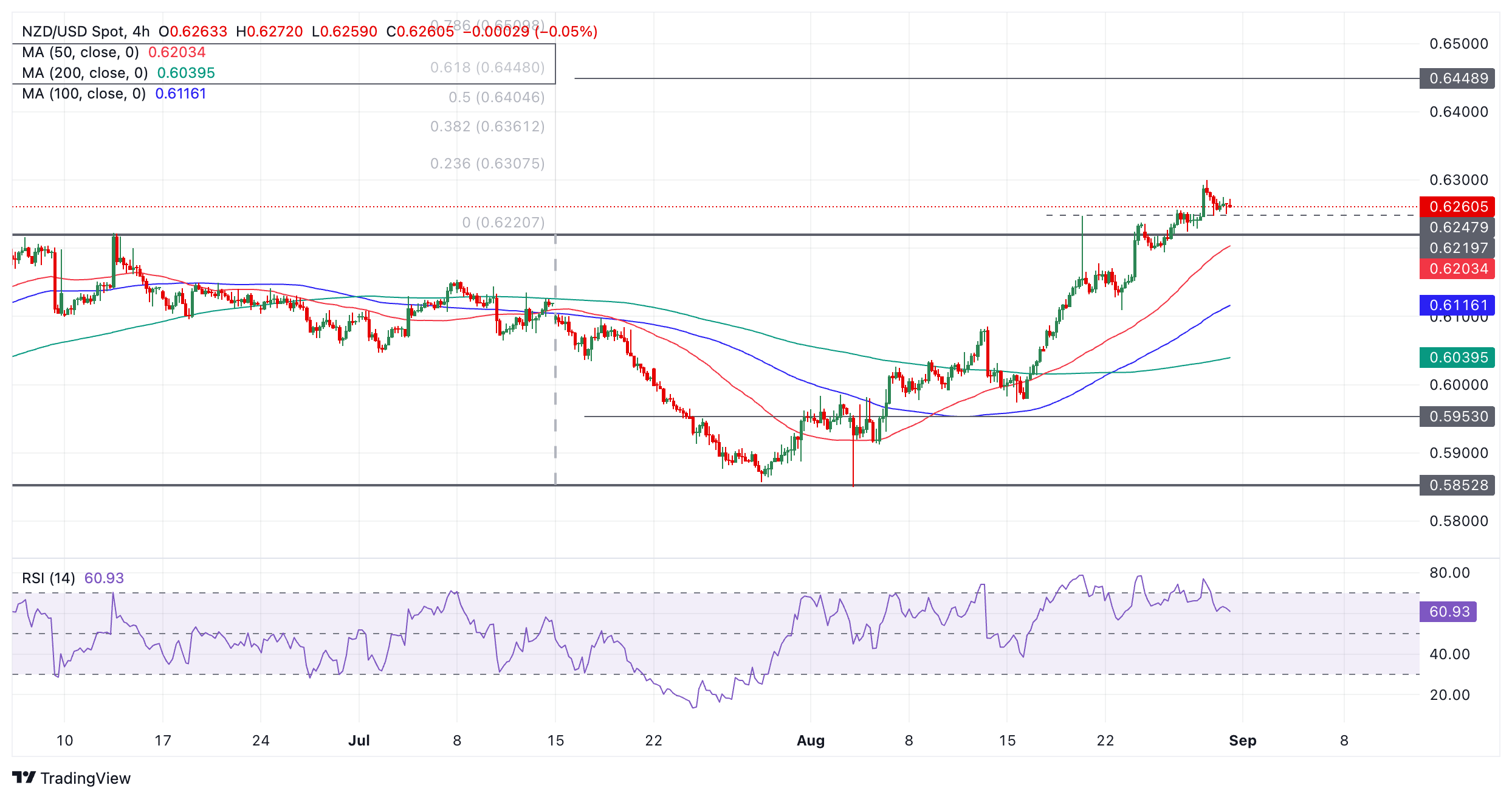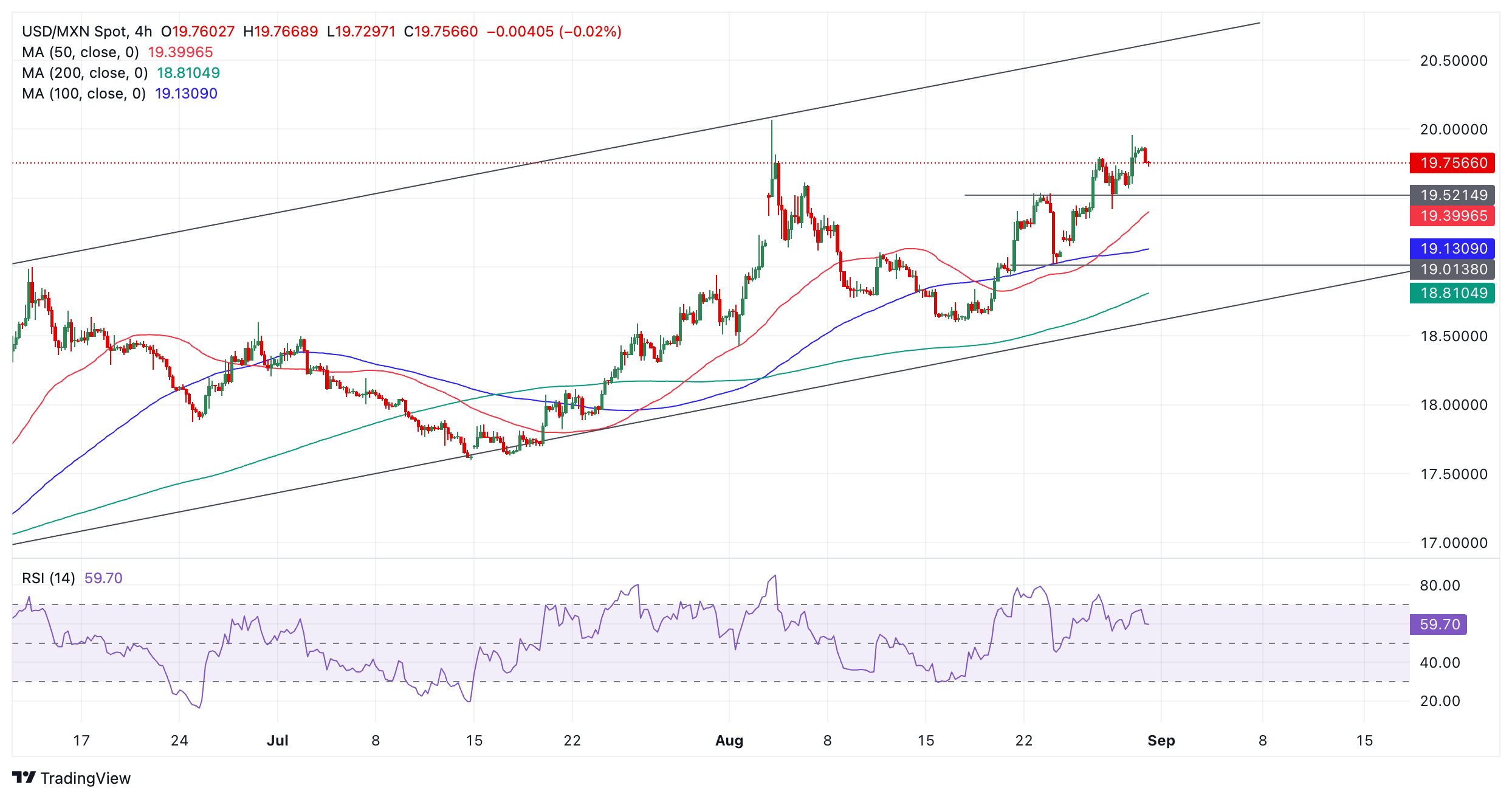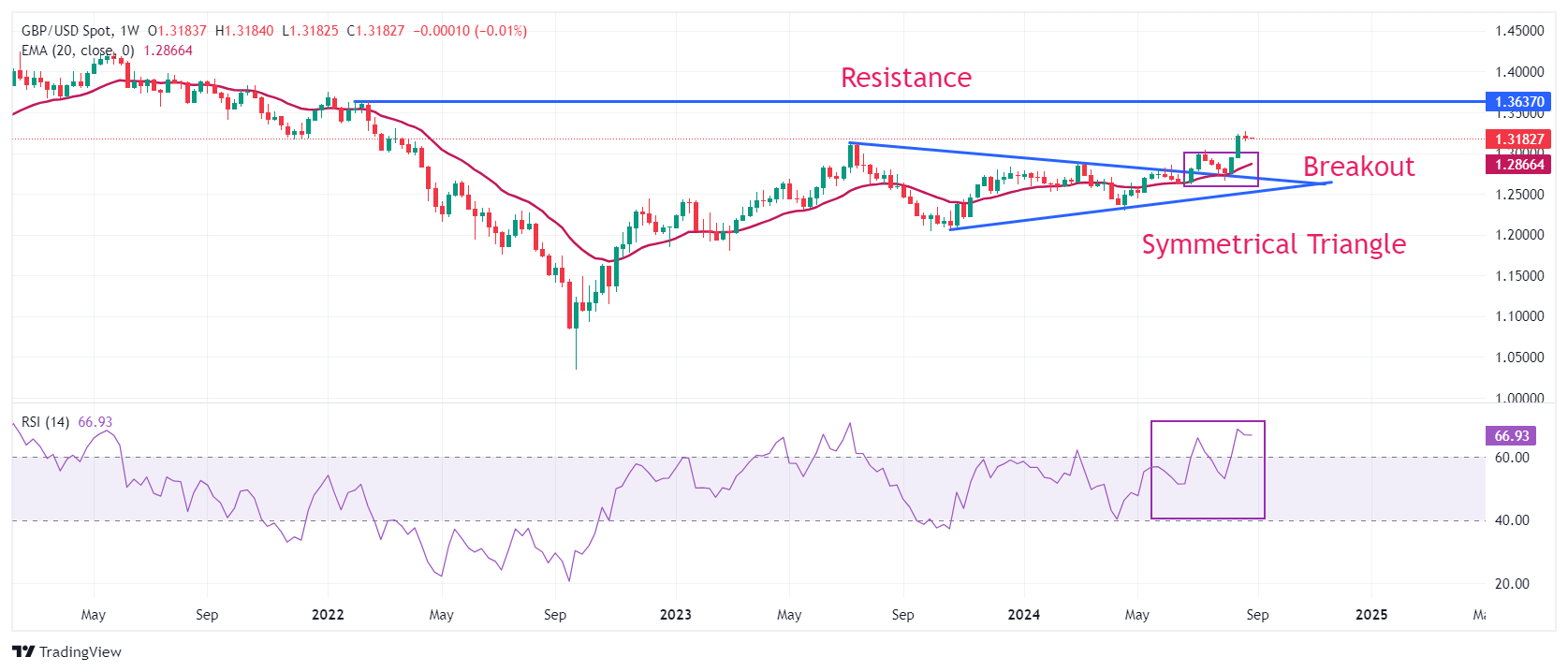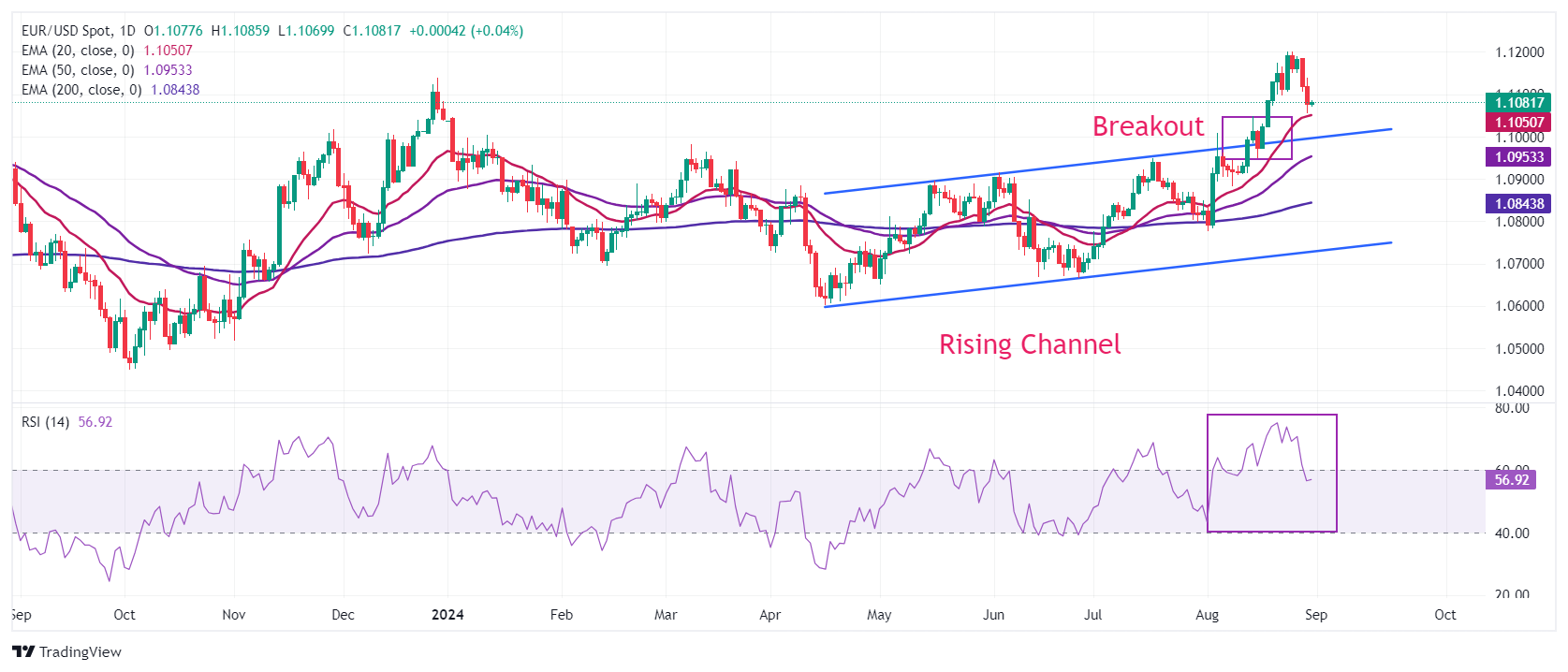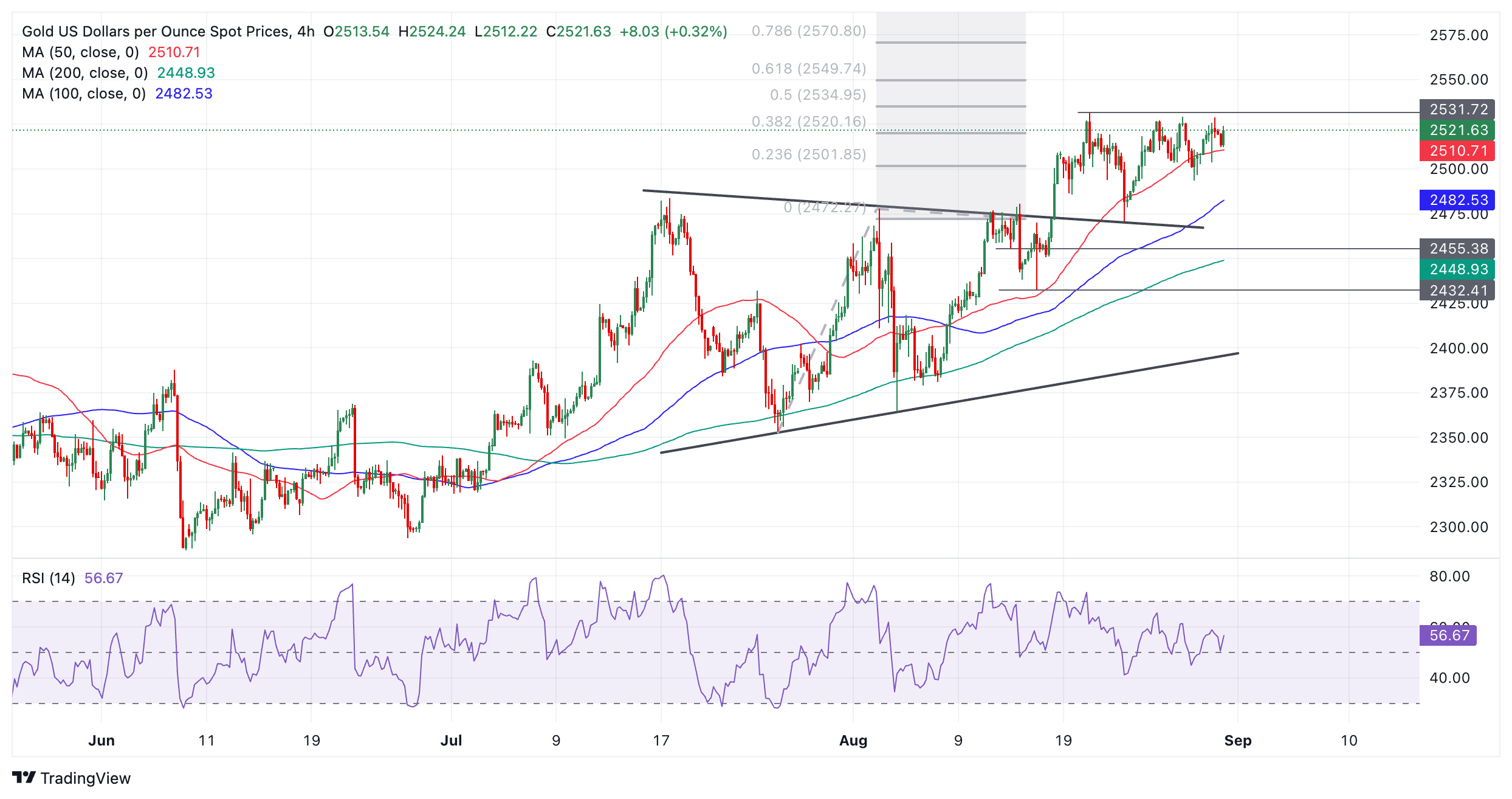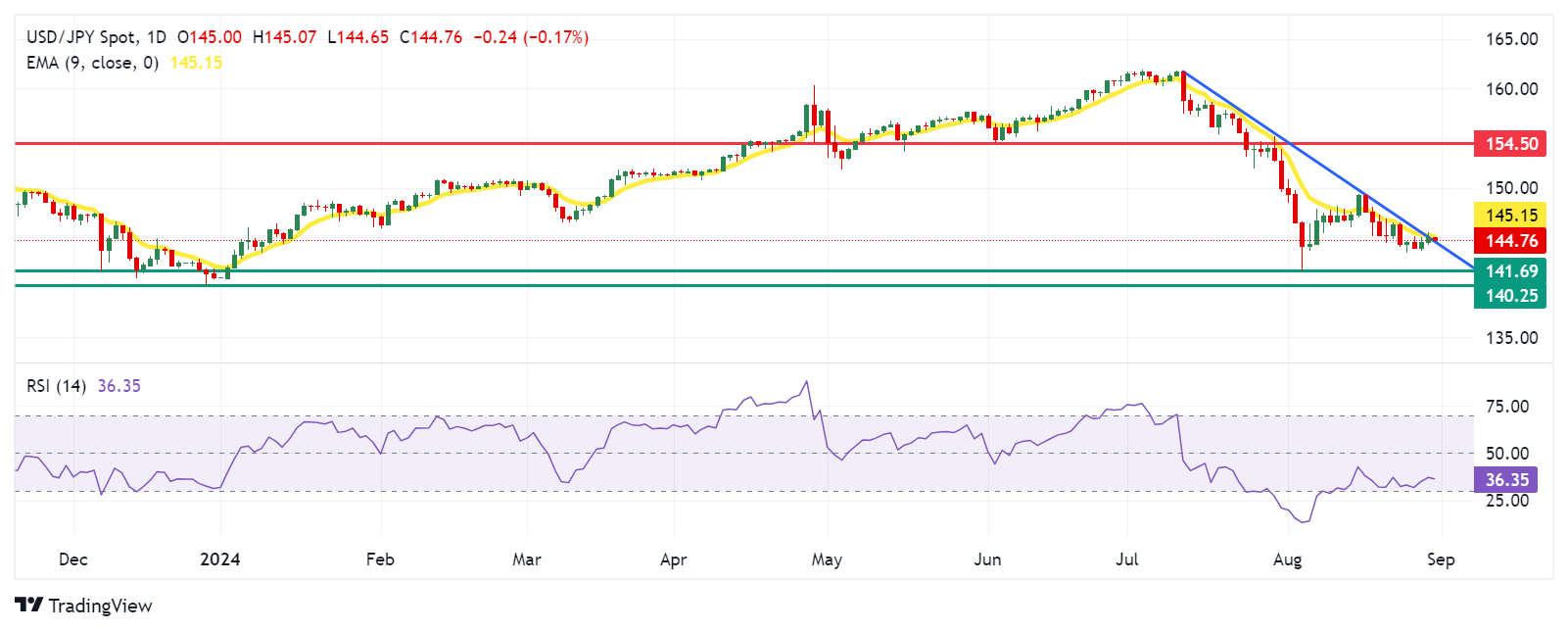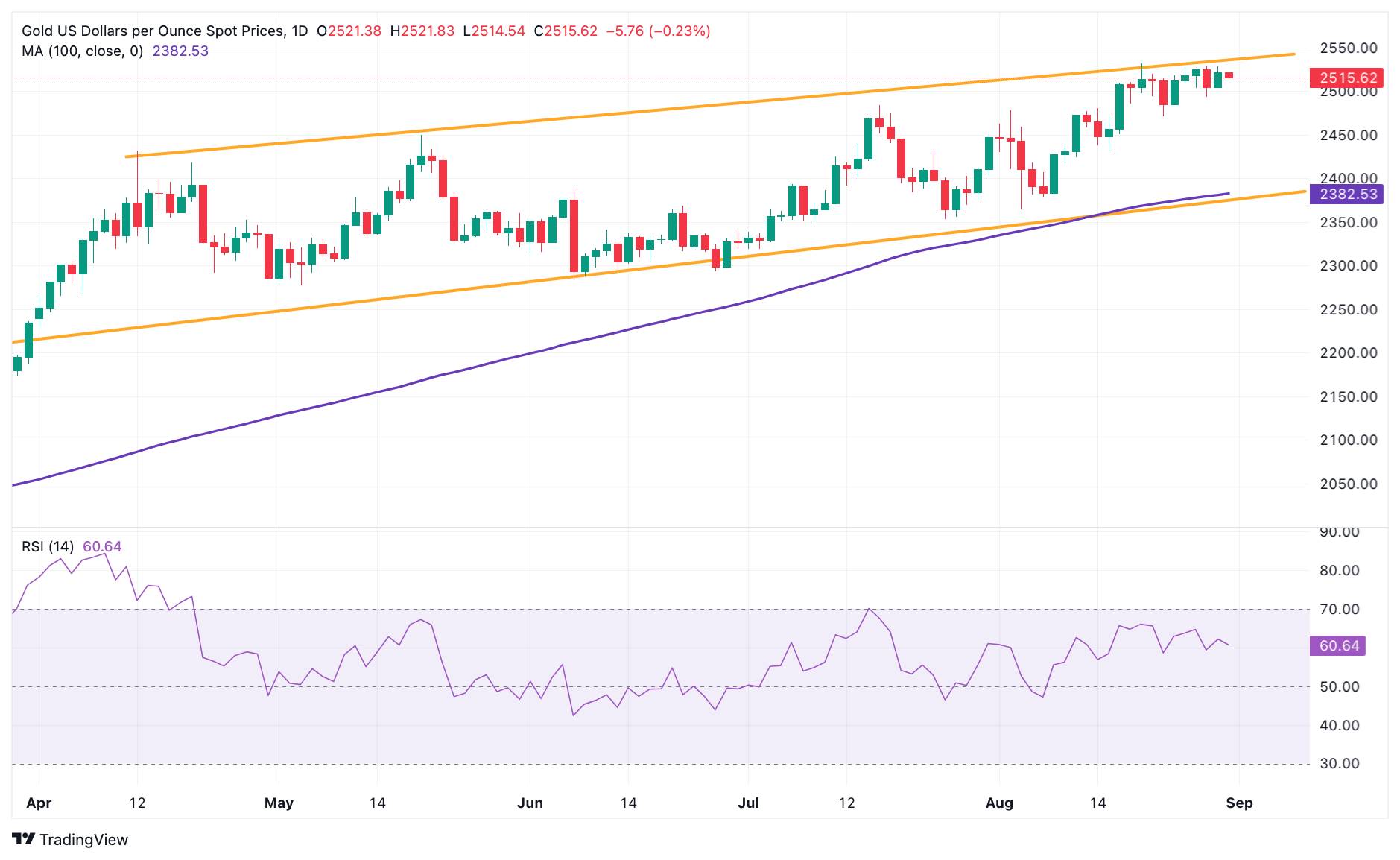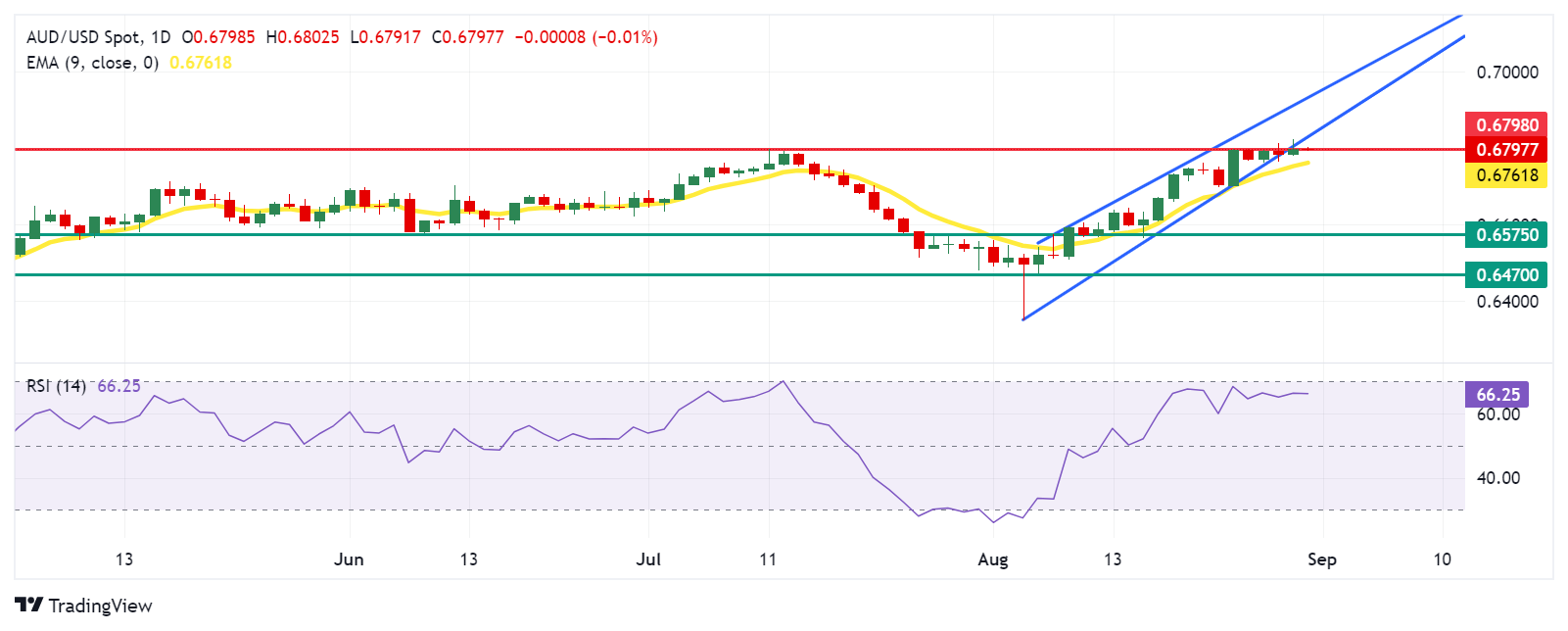- Analytics
- News and Tools
- Market News
CFD Markets News and Forecasts — 30-08-2024
- EUR/USD trimmed to the downside on Friday, extending into a three day down streak.
- EU inflation brought no surprises, US PCE inflation kept rate bets on balance.
- Coming up next week: Last US NFP jobs data print before next Fed rate call.
EUR/USD tilted further into the red on Friday, extending a downside move into a third straight day and dragging Fiber down to 1.1050 to round out the trading week. EU inflation figures released early Friday failed to impress anybody in particular, and US Personal Consumption Expenditure Price Index (PCE) didn’t stray far from forecasts, keeping broad-market bets on rate cuts aimed squarely at the Federal Reserve’s (Fed) next rate call on September 18.
US PCE figures for July didn’t deliver any notable surprises to round out the trading week. MoM US core PCE inflation held steady at 0.2%, as expected, but the YoY core PCE inflation figure held steady at 2.5% versus the anticipated move up to 2.6%.
Rate markets are holding firmly to 30% odds of an initial double cut for 50 bps from the Federal Reserve (Fed) on September 18, with the remaining 70% leaning into a single quarter-point cut. Overall, rate traders are pricing in 100 bps in total cuts in 2024, according to CME’s FedWatch Tool.
With PCE inflation data out of the way and not giving any warning signs, the way is paved to next week’s Nonfarm Payrolls (NFP) print, one of the last key pieces of economic data standing in the way of the Fed and rate-cut-hungry markets. Next week will also open on a quiet note, with US exchanges slated to remain shuttered for the Labor Day holiday. Some Purchasing Managers Index (PMI) releases are also scattered throughout the trading week.
EUR/USD price forecast
A third downside has tilted Fiber firmly into a bearish pullback, and EUR/USD price action is already halfway to the nearest technical level at the 50-day Exponential Moving Average (EMA) rising through 1.0950.
While EUR/USD is still trading firmly in bull country north of the 200-day EMA at 1.0855, bids have dropped the Fiber precipitously from yearly peaks reached earlier this week, and bearish momentum could develop some heat.
EUR/USD daily chart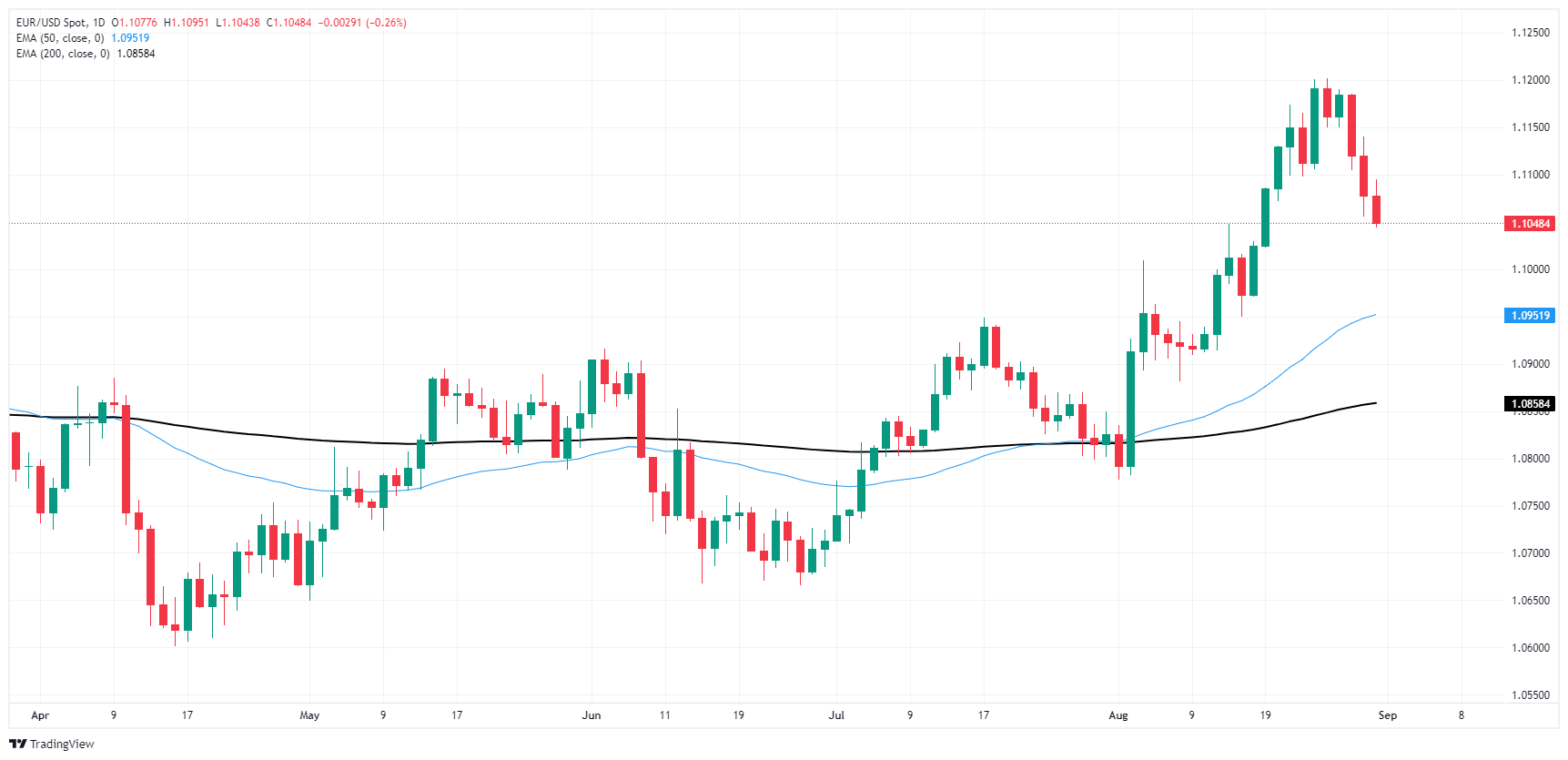
Euro FAQs
The Euro is the currency for the 20 European Union countries that belong to the Eurozone. It is the second most heavily traded currency in the world behind the US Dollar. In 2022, it accounted for 31% of all foreign exchange transactions, with an average daily turnover of over $2.2 trillion a day. EUR/USD is the most heavily traded currency pair in the world, accounting for an estimated 30% off all transactions, followed by EUR/JPY (4%), EUR/GBP (3%) and EUR/AUD (2%).
The European Central Bank (ECB) in Frankfurt, Germany, is the reserve bank for the Eurozone. The ECB sets interest rates and manages monetary policy. The ECB’s primary mandate is to maintain price stability, which means either controlling inflation or stimulating growth. Its primary tool is the raising or lowering of interest rates. Relatively high interest rates – or the expectation of higher rates – will usually benefit the Euro and vice versa. The ECB Governing Council makes monetary policy decisions at meetings held eight times a year. Decisions are made by heads of the Eurozone national banks and six permanent members, including the President of the ECB, Christine Lagarde.
Eurozone inflation data, measured by the Harmonized Index of Consumer Prices (HICP), is an important econometric for the Euro. If inflation rises more than expected, especially if above the ECB’s 2% target, it obliges the ECB to raise interest rates to bring it back under control. Relatively high interest rates compared to its counterparts will usually benefit the Euro, as it makes the region more attractive as a place for global investors to park their money.
Data releases gauge the health of the economy and can impact on the Euro. Indicators such as GDP, Manufacturing and Services PMIs, employment, and consumer sentiment surveys can all influence the direction of the single currency. A strong economy is good for the Euro. Not only does it attract more foreign investment but it may encourage the ECB to put up interest rates, which will directly strengthen the Euro. Otherwise, if economic data is weak, the Euro is likely to fall. Economic data for the four largest economies in the euro area (Germany, France, Italy and Spain) are especially significant, as they account for 75% of the Eurozone’s economy.
Another significant data release for the Euro is the Trade Balance. This indicator measures the difference between what a country earns from its exports and what it spends on imports over a given period. If a country produces highly sought after exports then its currency will gain in value purely from the extra demand created from foreign buyers seeking to purchase these goods. Therefore, a positive net Trade Balance strengthens a currency and vice versa for a negative balance.
© 2000-2025. All rights reserved.
This site is managed by Teletrade D.J. LLC 2351 LLC 2022 (Euro House, Richmond Hill Road, Kingstown, VC0100, St. Vincent and the Grenadines).
The information on this website is for informational purposes only and does not constitute any investment advice.
The company does not serve or provide services to customers who are residents of the US, Canada, Iran, The Democratic People's Republic of Korea, Yemen and FATF blacklisted countries.
Making transactions on financial markets with marginal financial instruments opens up wide possibilities and allows investors who are willing to take risks to earn high profits, carrying a potentially high risk of losses at the same time. Therefore you should responsibly approach the issue of choosing the appropriate investment strategy, taking the available resources into account, before starting trading.
Use of the information: full or partial use of materials from this website must always be referenced to TeleTrade as the source of information. Use of the materials on the Internet must be accompanied by a hyperlink to teletrade.org. Automatic import of materials and information from this website is prohibited.
Please contact our PR department if you have any questions or need assistance at pr@teletrade.global.
